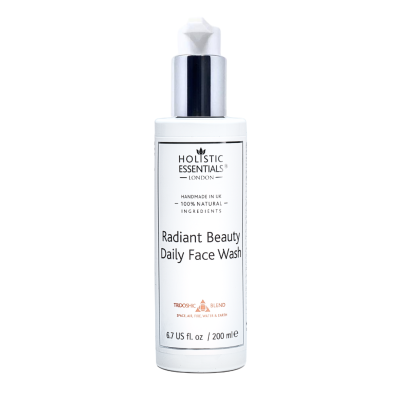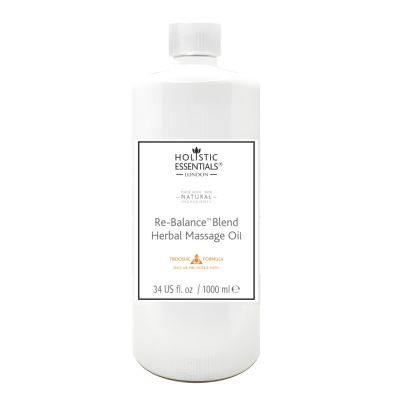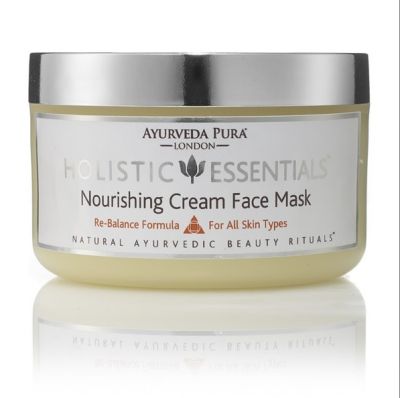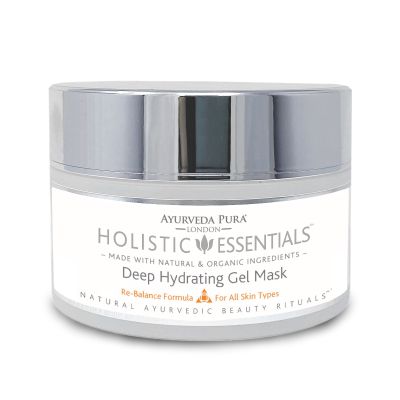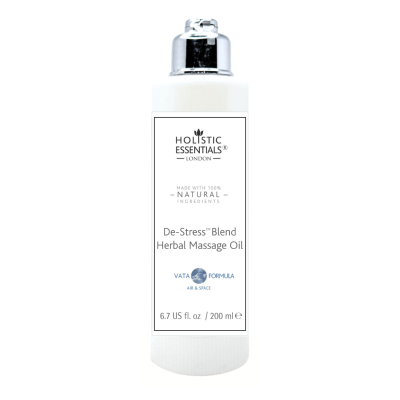Dosha: Vata Body type
- Home
- What is Ayurveda?
- Dosha: Vata Body type
Vata Dosha in Ayurveda – Understanding the Air & Space Energy
In Ayurveda, Vata Dosha is the subtle yet vital force of movement within all living beings. It is made up of the elements air (Vayu) and space (Akasha) — the most light, mobile, and expansive of the five great elements.
Just as wind shapes the weather across Britain’s changing seasons, Vata moves through the body, carrying breath, nerve impulses, and nutrients. Without Vata, nothing stirs — it governs not only our ability to move but also our thoughts, speech, and sensory experiences.
Vata is most closely linked to the nervous system. When balanced, it brings alertness, creativity, and vitality. When disturbed, it may lead to restlessness, anxiety, digestive discomfort, and poor sleep — symptoms I often see in the UK, particularly during the colder months.
Common Characteristics of Vata Dosha
Those with a Vata-dominant constitution (Prakriti) often display these traits:
| Characteristic | Description |
|---|---|
| Mobility | Quick movements, fast speech, expressive eyes, a love for travel, and frequent mood shifts. |
| Dryness | Tendency towards dry skin, hair, and lips; constipation due to dryness. |
| Coldness | Aversion to chilly, damp weather; cold hands and feet; sluggish circulation. |
| Lightness | Slender build, lower body weight, and light, easily disturbed sleep. |
| Roughness | Rough or cracked skin, brittle nails, coarse hair, and stiff joints. |
Functions Governed by Vata Dosha
Physical movement and coordination
Breathing and respiratory rhythm
Starting all bodily processes
Igniting Agni (digestive fire)
Waste elimination
Fetal growth and development
Sensory functions, especially hearing and touch
Speech and expression
Enthusiasm, inspiration, and creativity
Factors That Disturb Vata
In the UK, Vata imbalance is often aggravated by lifestyle patterns such as:
High stress and overwork
Skipping meals or eating at irregular times
Staying up late into the night
Eating too many raw, cold, or dry foods
Excessive tea, coffee, or fizzy drinks
Frequent travel, especially long commutes
Cold, windy, and damp conditions, particularly in autumn and winter
Ways to Balance Vata Dosha
To restore harmony, focus on warmth, nourishment, and regularity:
Keep a steady daily routine — regular mealtimes and sleep patterns
Prioritise relaxation — meditation, gentle yoga, or mindful walks
Favour warm, cooked meals — with sweet, sour, and salty tastes
Reduce stimulants — especially caffeine and alcohol
Dress warmly in colder weather and avoid direct exposure to wind
Indulge in Ayurvedic oil massage (Abhyanga) using warming oils like sesame to soothe the nervous system and hydrate the skin
When Vata is in balance, you feel energised yet grounded, creative yet calm — and your body works in harmony with the rhythms of life, even in the face of Britain’s ever-changing weather.

